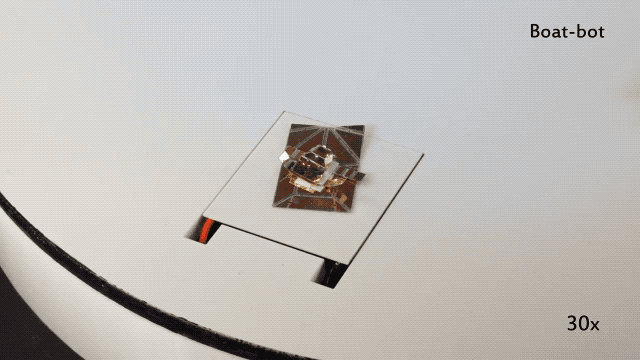In the ever-evolving landscape of technology, robotics has taken center stage by growing not only in intelligence but also in capability. One of the most fascinating developments comes from the Computer Science and Artificial Intelligence Lab (CSAIL) at MIT, where researchers have birthed an extraordinary robot known as Primer. This remarkable creation is not just a technological marvel; it’s a step toward a future where our machines and robots can adapt to their environments dynamically, much like the chameleons of the animal kingdom.
The Genesis of Primer: A Shape-Shifting Robot
Primer stands out with its innovative design, resembling a simple cube that contrasts starkly with its complexity. Its ingenious functionality lies in its ability to don different exoskeletons—think of them as outfits—each granting the robot a unique set of occupational “powers.” For instance, one outfit could augment its walking ability, while another empowers it to navigate through water or take flight. This transformative capability opens exciting avenues for applications across various fields.
How Does Primer Work?
Primer employs a sophisticated mechanism to switch between its outfits. It utilizes emitted heat to attach and wrap the exoskeletons around itself, demonstrating a seamless integration of technology and action. The movement of the robot is controlled by built-in magnets, allowing it to shed its “skin” when needed and independently seek out a new suit to wear. This process not only enhances efficiency but also signifies a major leap toward autonomous robotic behavior. Here are some key features of Primer:
- Self-Attachment: Primer can autonomously find and wear new exoskeletons based on the task at hand.
- Stacking Ability: The robot can stack multiple outfits, combining features to amplify its capabilities—imagine a robot that walks, swims, and soars all in one!
- Versatile Applications: From search and rescue missions to extraterrestrial explorations, Primer’s adaptability could prove invaluable across numerous scenarios.
The Future: Robots That Could Replace the Need for Multiple Units
One of the most significant implications of Primer’s design is its potential to revolutionize how we interact with robots. Instead of deploying multiple specialized machines to tackle various tasks, a single adaptable robot could fulfill multiple roles, significantly reducing costs and logistical complications. Imagine a single unit capable of charting remote terrains on Earth or probing the unknown surfaces of distant planets—Primer is a prototype that hints at such possibilities.
A Fun Outlook: More than Just Machines
Beyond their practical uses, the idea of robots with personality and adaptability brings to mind companionship and creativity. As robots like Primer evolve, one can’t help but envision them perhaps someday becoming more than tools; they could become companions, engaging our curiosity and inspiring our imagination as modern-day pets. They could assist in educational settings, transforming learning into an adventurous experience that intertwines technology with fun.
Conclusion: Embracing an Adaptive Future
As robotics continues to advance, the introduction of adaptable entities like Primer serves as a reminder of the infinite possibilities that lie ahead—machines that learn, evolve, and adapt, contributing richly to our lives. With MIT’s CSAIL leading the way, we stand on the brink of a new era where physical and digital realms blend seamlessly, ushering in groundbreaking advancements. At fxis.ai, we believe that such advancements are crucial for the future of AI, as they enable more comprehensive and effective solutions. Our team is continually exploring new methodologies to push the envelope in artificial intelligence, ensuring that our clients benefit from the latest technological innovations.
For more insights, updates, or to collaborate on AI development projects, stay connected with fxis.ai.

